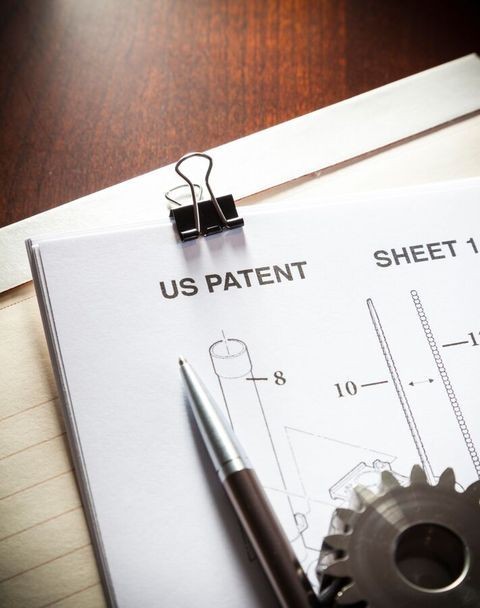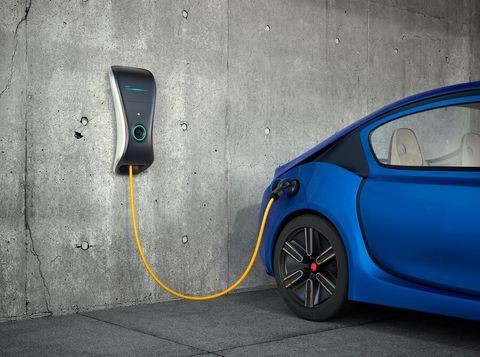Design Protection
Overview
For many companies, product design ownership is key to gaining or maintaining competitive advantage. Knowing the best intellectual property avenue to use for product design protection, however, can be complicated and even daunting. Design patents, product configuration trade dress, industrial designs, and even copyrights may provide for potential protection. These various intellectual property “tools” are utilized less often for designs than they are for other types of IP assets, such as traditional word/logo trademarks or utility patents.
Contacts
Insights
Client Alert | 3 min read | 11.20.25
Design patents offer protection for the ornamental appearance of a product, focusing on aspects like its shape and surface decoration, as opposed to the functional aspects protected by utility patents. The scope of a design patent is defined by the drawings and any descriptive language within the patent itself. Recent decisions by the Federal Circuit emphasize the need for clarity in the prosecution history of a design patent in order to preserve desired scope to preserve intentional narrowing (and to avoid unintentional sacrifice of desired claim scope).
Client Alert | 12 min read | 03.19.25
Right To Repair – A Growing Trend for States Creating Compliance Challenges for Manufacturers
Client Alert | 5 min read | 01.14.25
EV Charging Stations & Connectors: The Importance of Design Patents
Firm News | 2 min read | 12.12.24
Insights
EV charging stations & connectors: the importance of design patents
|11.15.24
EV Design & Manufacturing
Professionals
Insights
Client Alert | 3 min read | 11.20.25
Design patents offer protection for the ornamental appearance of a product, focusing on aspects like its shape and surface decoration, as opposed to the functional aspects protected by utility patents. The scope of a design patent is defined by the drawings and any descriptive language within the patent itself. Recent decisions by the Federal Circuit emphasize the need for clarity in the prosecution history of a design patent in order to preserve desired scope to preserve intentional narrowing (and to avoid unintentional sacrifice of desired claim scope).
Client Alert | 12 min read | 03.19.25
Right To Repair – A Growing Trend for States Creating Compliance Challenges for Manufacturers
Client Alert | 5 min read | 01.14.25
EV Charging Stations & Connectors: The Importance of Design Patents
Firm News | 2 min read | 12.12.24
Contacts
Insights
Client Alert | 3 min read | 11.20.25
Design patents offer protection for the ornamental appearance of a product, focusing on aspects like its shape and surface decoration, as opposed to the functional aspects protected by utility patents. The scope of a design patent is defined by the drawings and any descriptive language within the patent itself. Recent decisions by the Federal Circuit emphasize the need for clarity in the prosecution history of a design patent in order to preserve desired scope to preserve intentional narrowing (and to avoid unintentional sacrifice of desired claim scope).
Client Alert | 12 min read | 03.19.25
Right To Repair – A Growing Trend for States Creating Compliance Challenges for Manufacturers
Client Alert | 5 min read | 01.14.25
EV Charging Stations & Connectors: The Importance of Design Patents
Firm News | 2 min read | 12.12.24
















